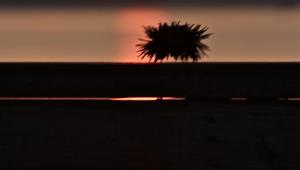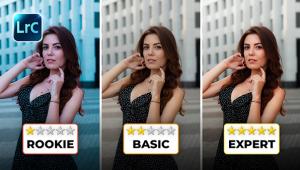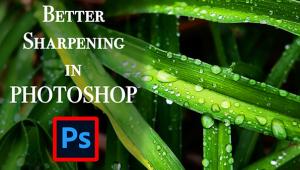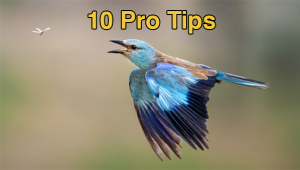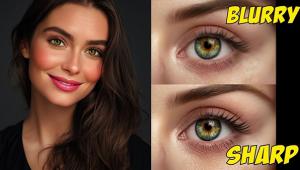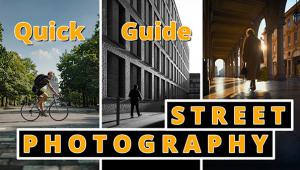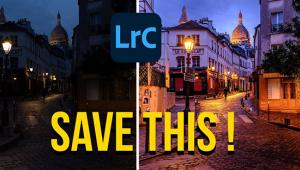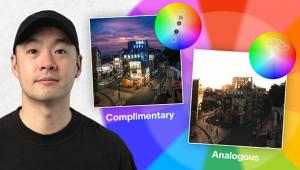Pamela Ellis Hawkes
Surrogate Reality Page 2
None of Hawkes' images are random. Each has an underlying reason. The
houses in her "No Place Like Home" series are among my personal
favorites. These are larger in size, measuring 30x40". Hawkes was not
out to show us the White House or other readily recognizable places. She wanted
the images to be generic, a shelter one could relate to as a home, perhaps the
kind of a house we might see within a dream. For a recent exhibition Hawkes
explained her feelings about homes and houses, writing, "My houses float
in a black background and are shot slightly out of focus and I think often about
my childhood home, the way I remember it...the way we remember things--they're
not literal any more.
"When you think about it, that is how memory really is. We see something,
go away, remember it, then forget about it and remember it again and it may
not even look like the original scene. For me this makes sense out of my pictures.
"By suppressing detail, things become more of a memory and it's
easy to do that when you are photographing these tiny little real estate ads
which have little detail to begin with. They have been through a number of processes--photographed,
printed, then re-photographed with the 4x5 camera, manipulated with software
and finally printed in a wet darkroom.
"I have a large Joseph Sudek work. He is probably my favorite photographer
and I see similarities. He could just look at a mess in a room and his pictures
would transcend his subject. I try to achieve this by starting with something
unreal such as a photograph of a photograph. I have always tried to make my
things anonymous, not to steal anyone's work. There are so many interesting
images within images and I try to make a picture people might feel is familiar,
one that they might recognize if they could see the entire subject."
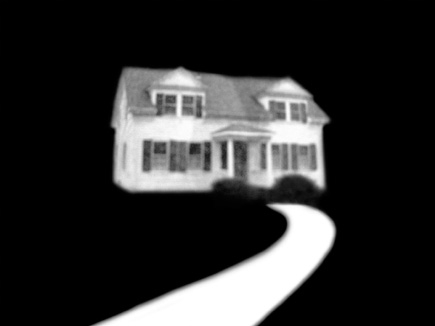 |
|
|
Hawkes' digital frenzy lasted about a year and a half. "I missed
my big camera," she says, "and my Polaroid film and my darkroom.
But the digital period became a major part of my evolution when I began to use
my digital prints as still life objects to be photographed with the large camera."
In the "Surrogate Reality" series, "Wrinkled Nautilus Shell"
is Hawkes' tribute to Edward Weston. A wrinkled Nautilus shell? Such a
thing did not exist until Hawkes photocopied the shell onto a piece of paper,
then wrinkled the paper before
re-photographing it, giving a new texture that slightly removed the object from
reality.
Another began with an image of the Mona Lisa in an art book. Most of us are
familiar with the face and enigmatic smile. In Hawkes' image, however,
the face cannot be distinguished since the photocopy had been propped up on
a table in the damp oceanfront studio with only three sides of the image secured.
The unsecured left top flopped over, obscuring the head and face, leaving only
the bodice and the "Famous Folded Hands" for us to ponder.
"Triptych of Houses" was based on Hawkes own childhood home as she
recollected the house her father was building during her entire childhood. "He
never did finish it." Hawkes smiles wryly as she remembers the rooms with
their unfinished walls.
 |
|
|
Today Hawkes lives in a beautiful old shingled house by the ocean on the North
Shore in Rockport, Massachusetts, the mischievous tide throwing white waves
upon the sienna rock formations on both sides of the house and the view facing
out on the twin lighthouses of Rockport signaling from Thatcher Island.
Has she photographed this little segment of Nirvana? Yes. Several years ago
she did a series of the view with a pinhole camera--romantic visions of
an already romantic scene...
Today Hawkes greets me at the tall front hedges that shield the house from gawking
tourists. Her studio is the entire third floor and much as I want to focus on
Hawkes' biography, her numerous shows such as those at Pepper Gallery
in Boston and the Huston Center of Photography, her multiple awards at Maine
Photographic Workshop, the Lenswork coverage, and so much more, I can't.
As I leave I spot a small white wooden model of a church covered by a large
bell jar, its own little environment. "Oh," Hawkes explains, "that's
from a Martha Stewart set of houses you put together and decorate for Christmas."
- Log in or register to post comments









